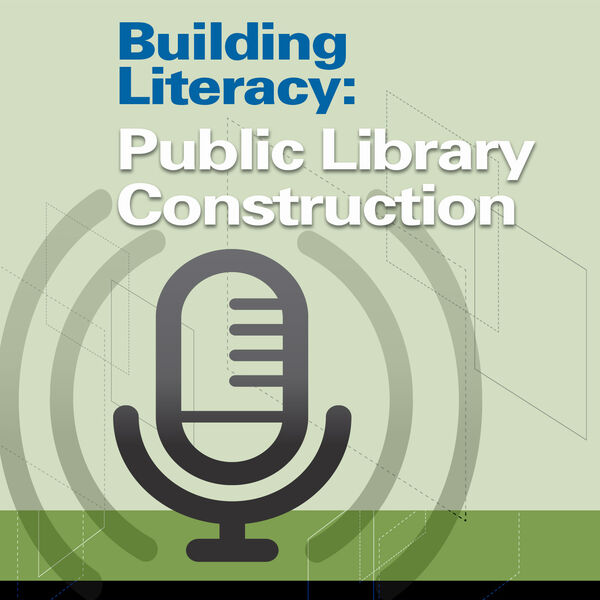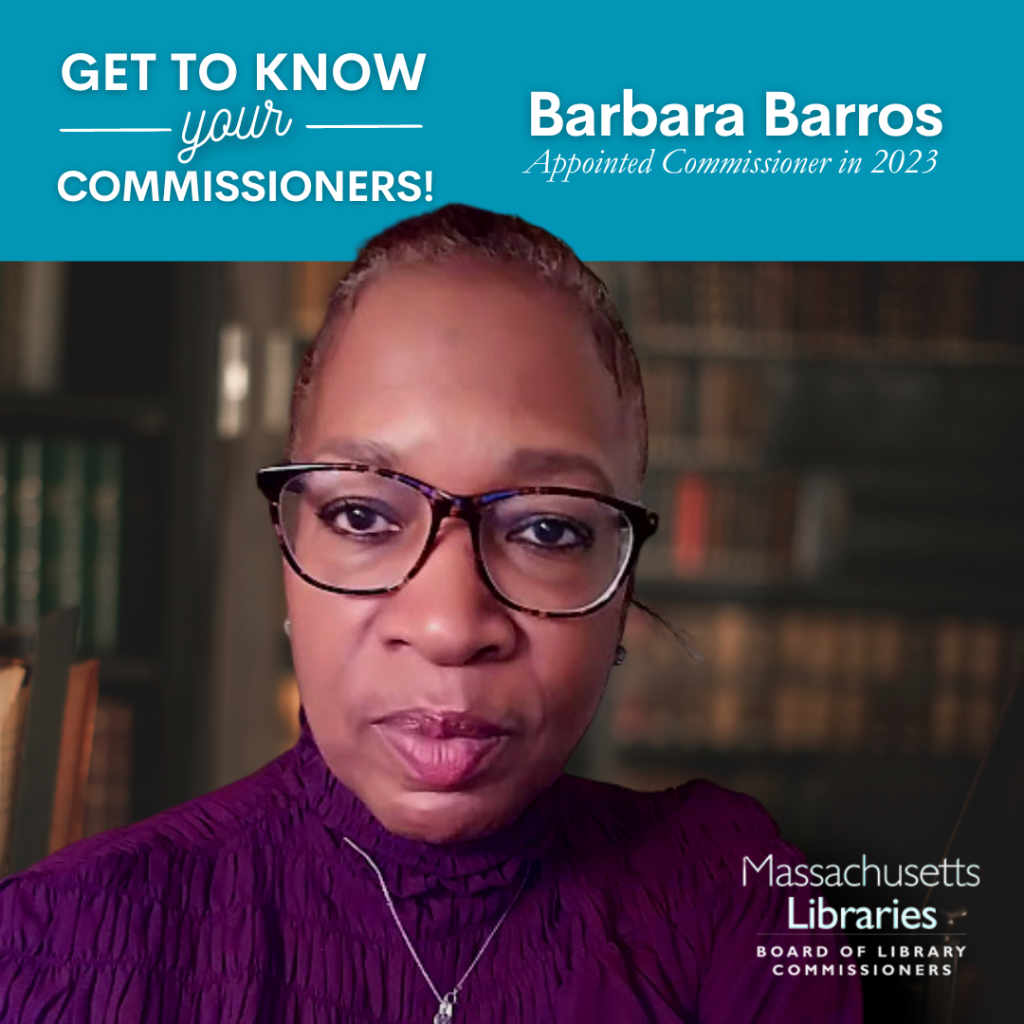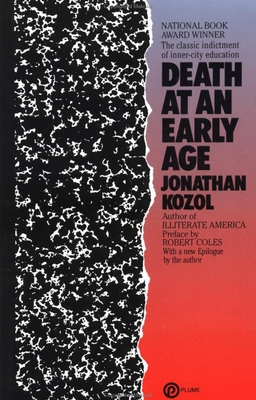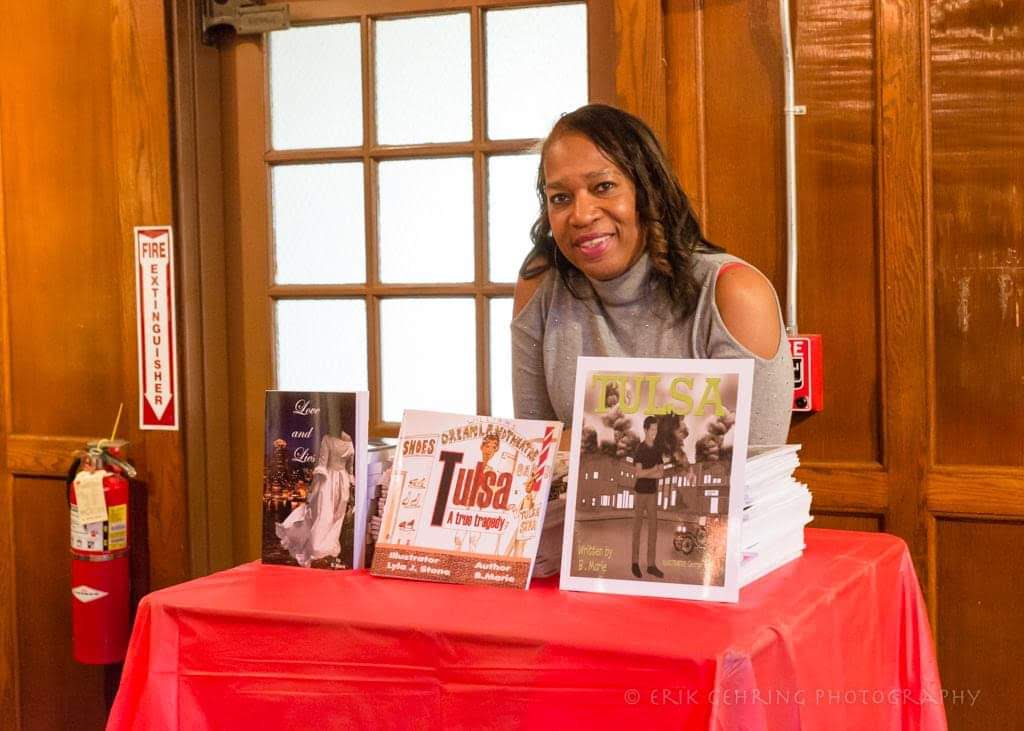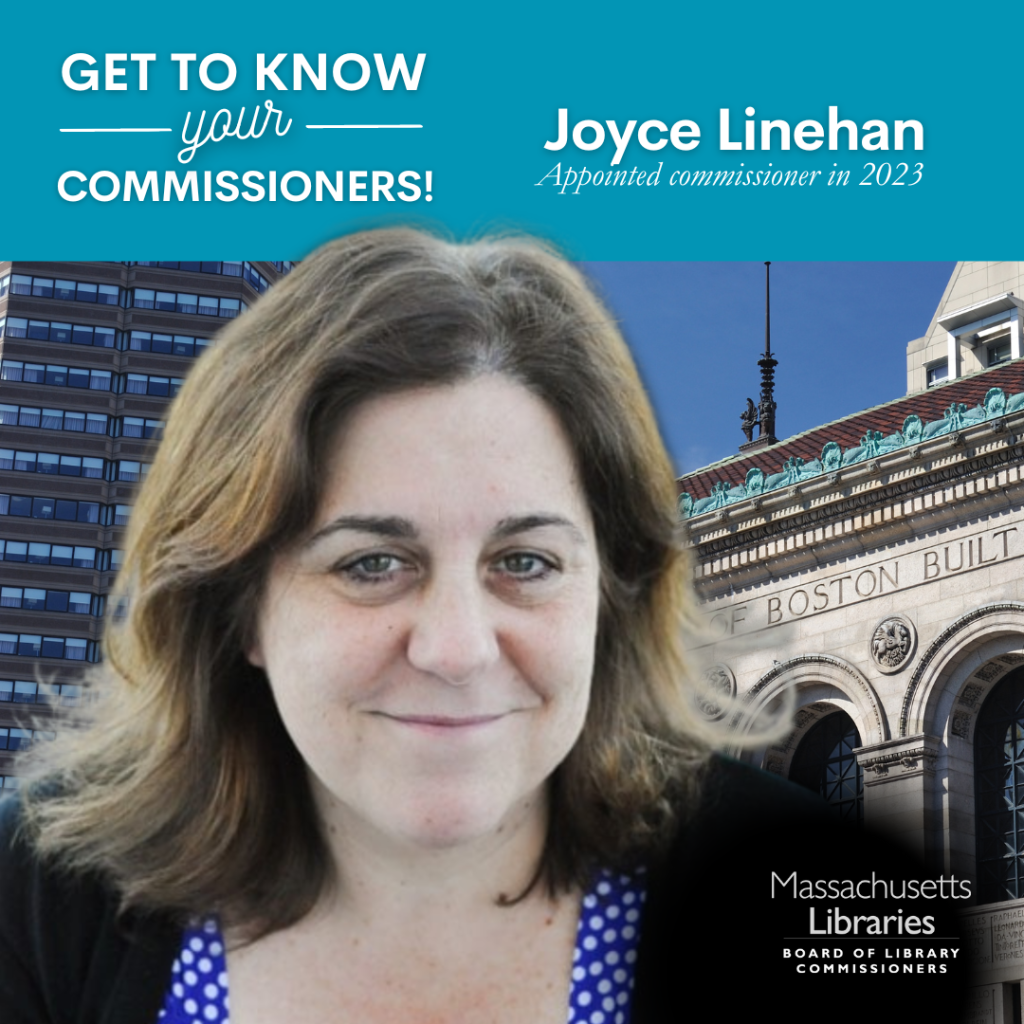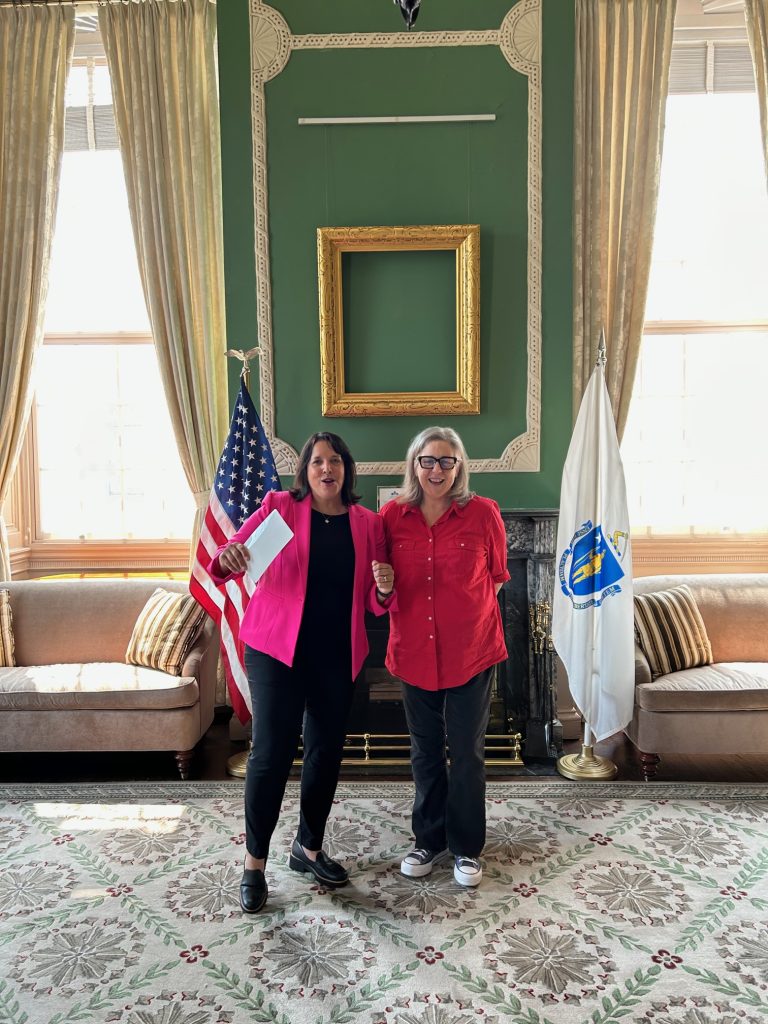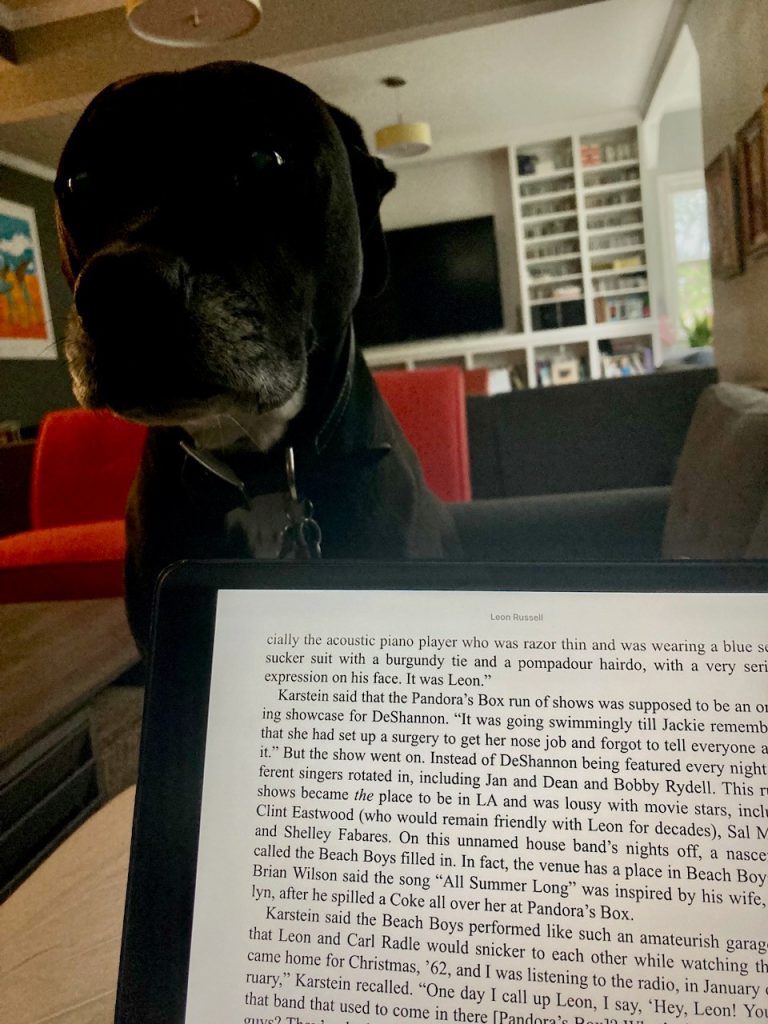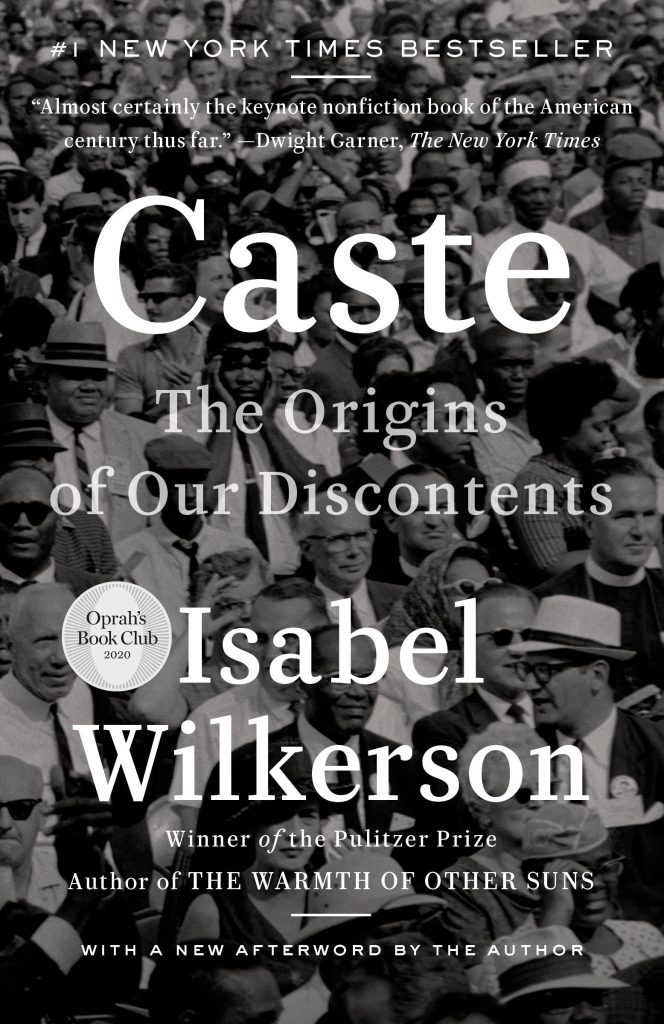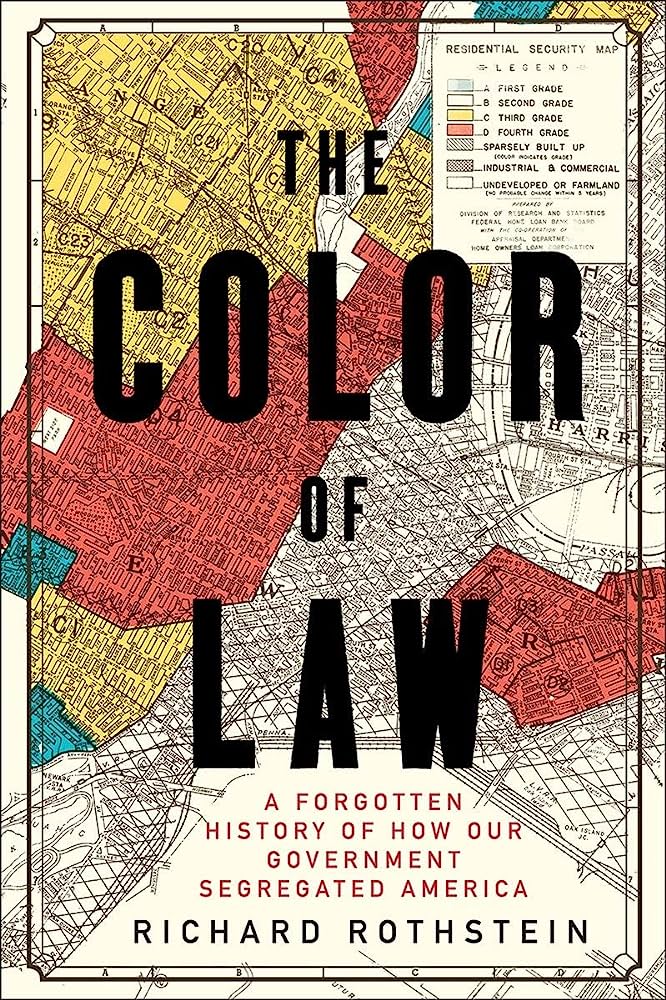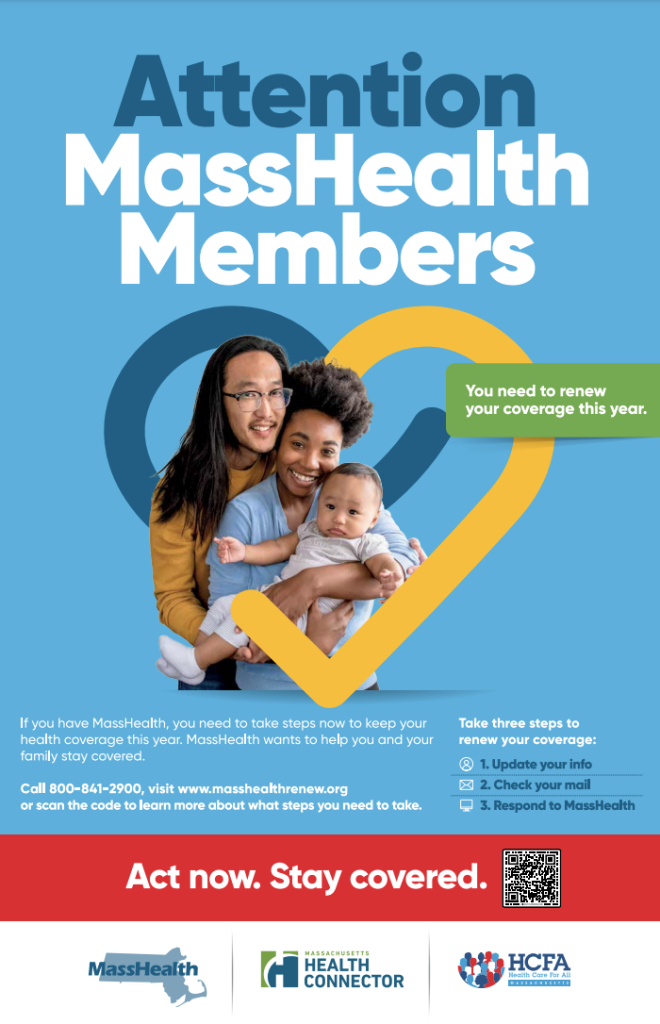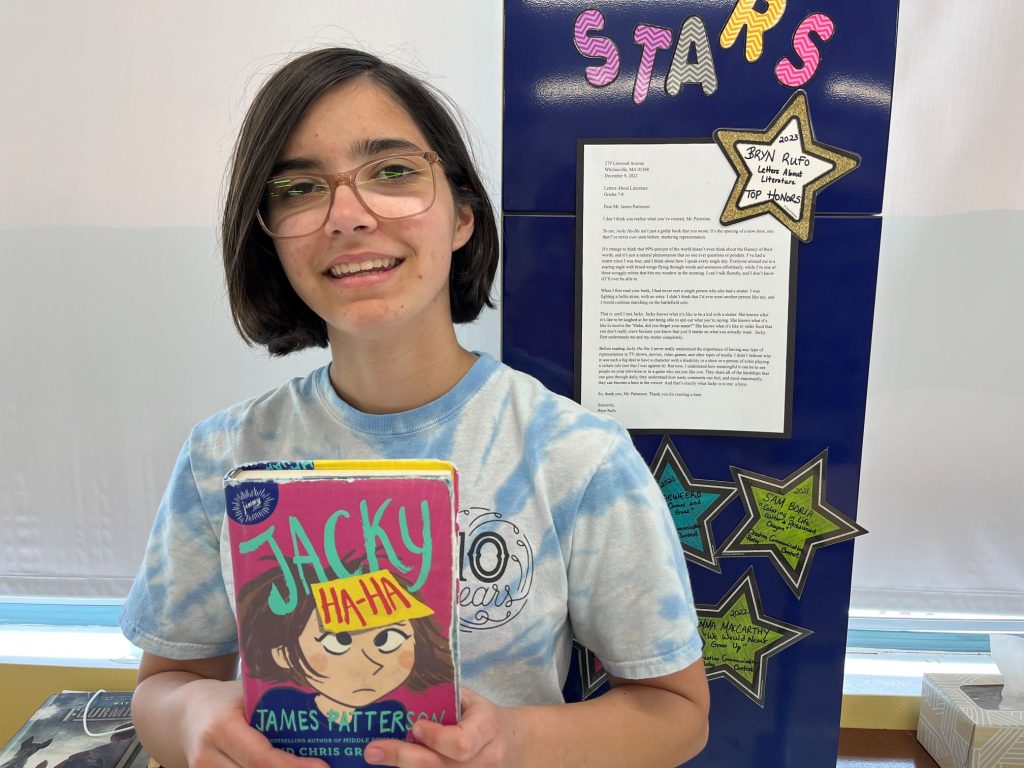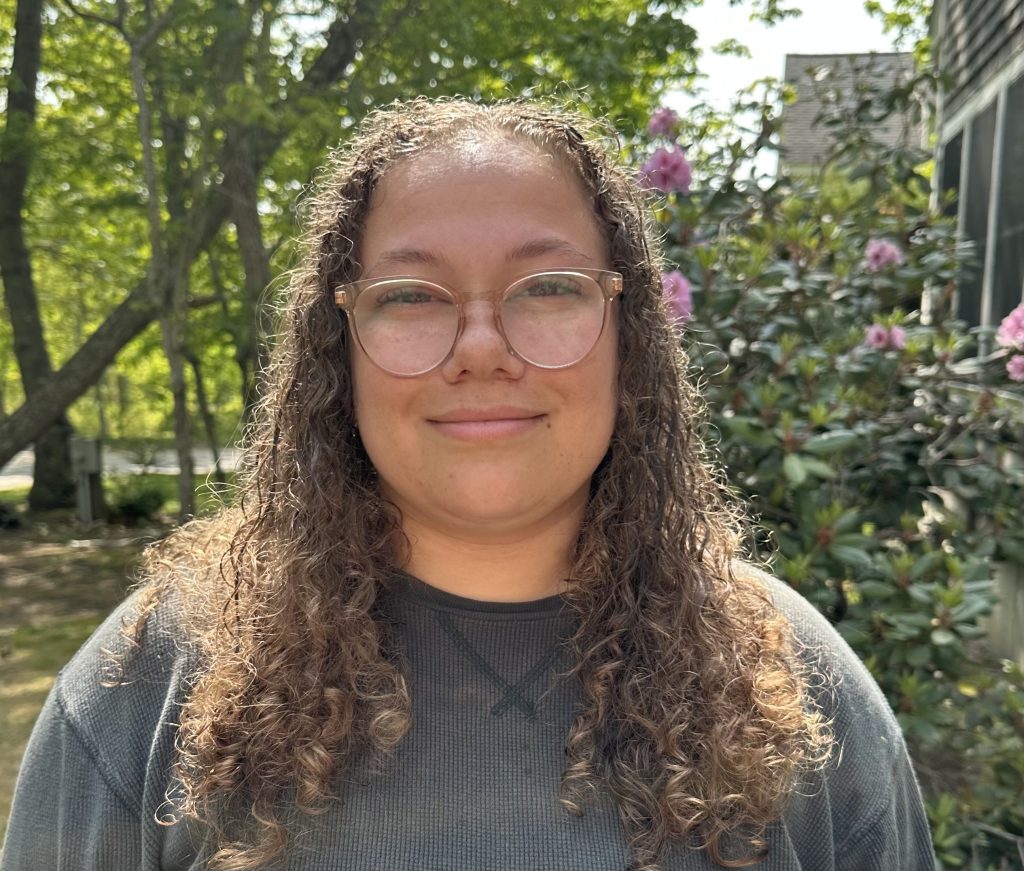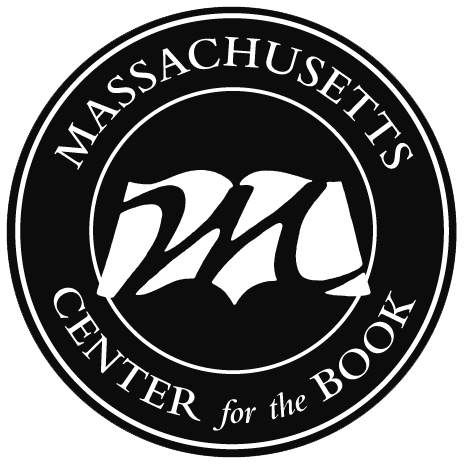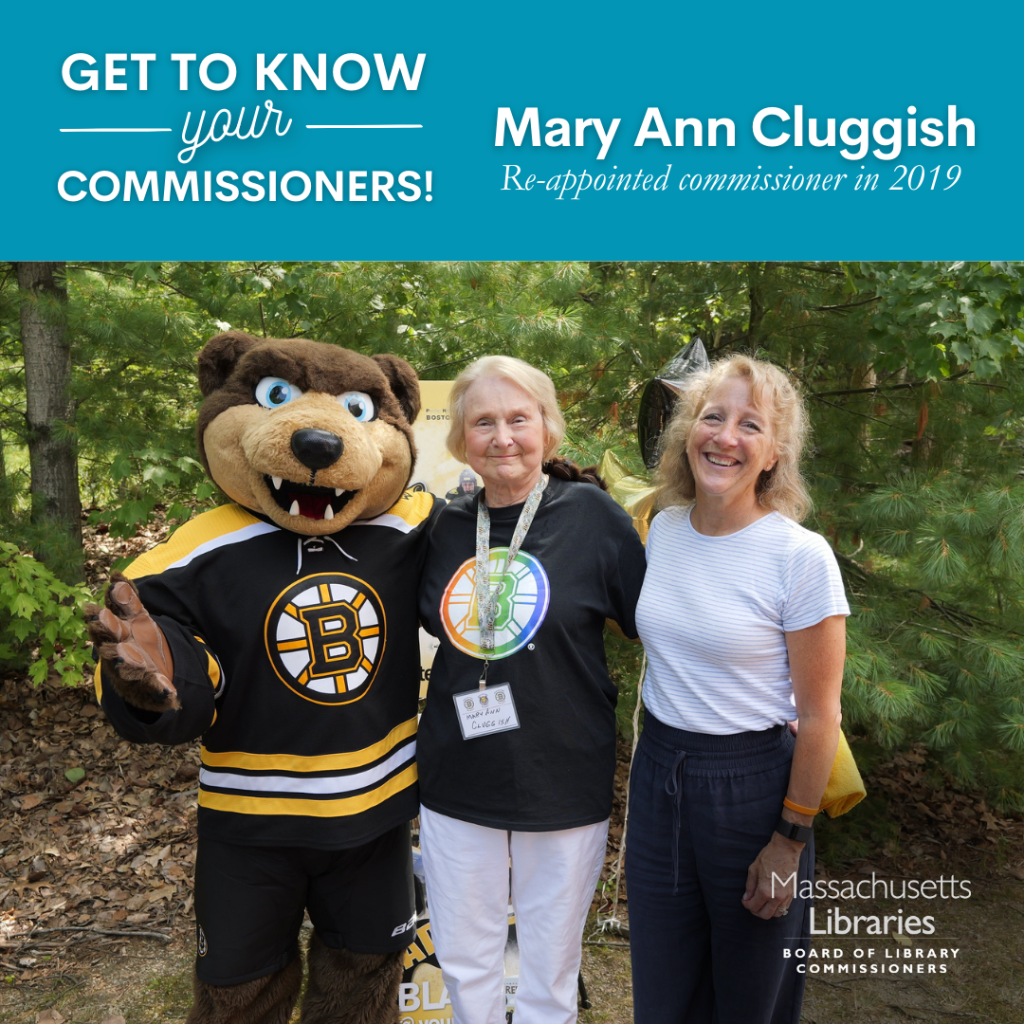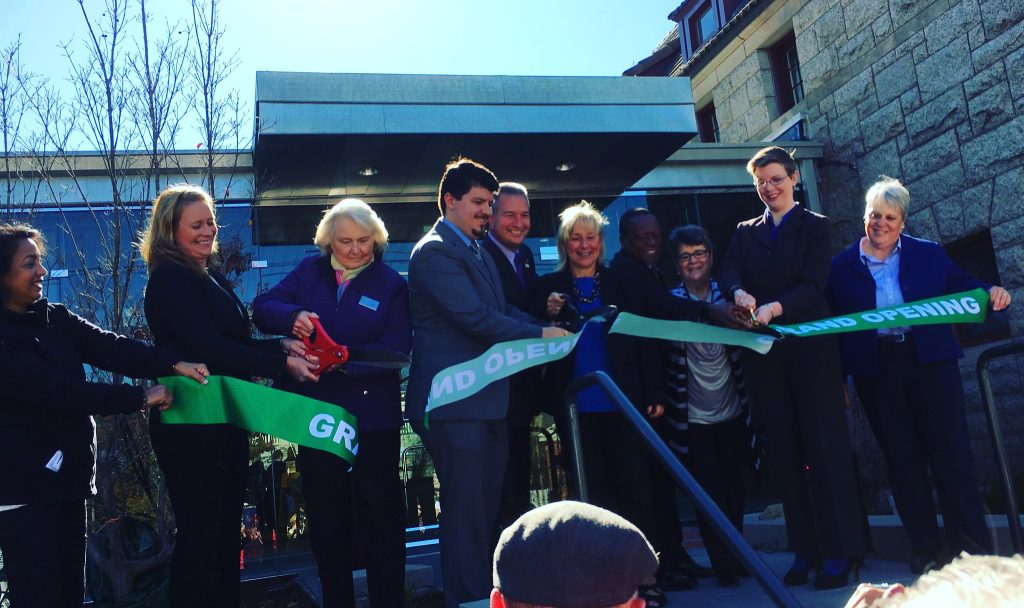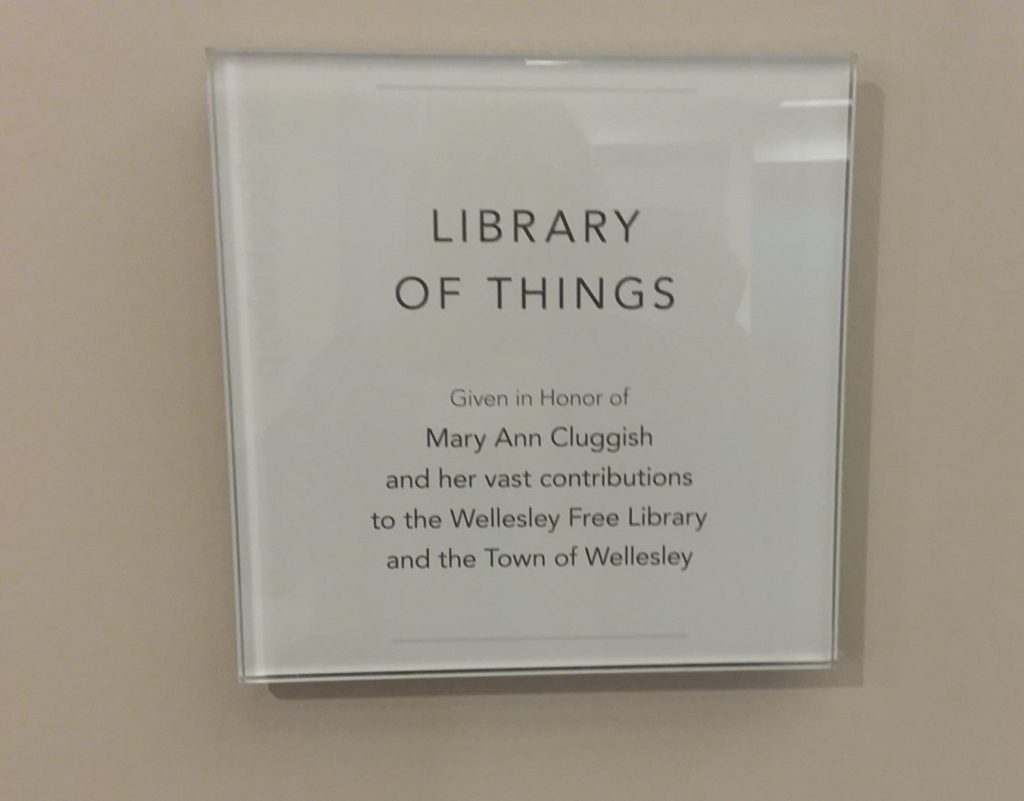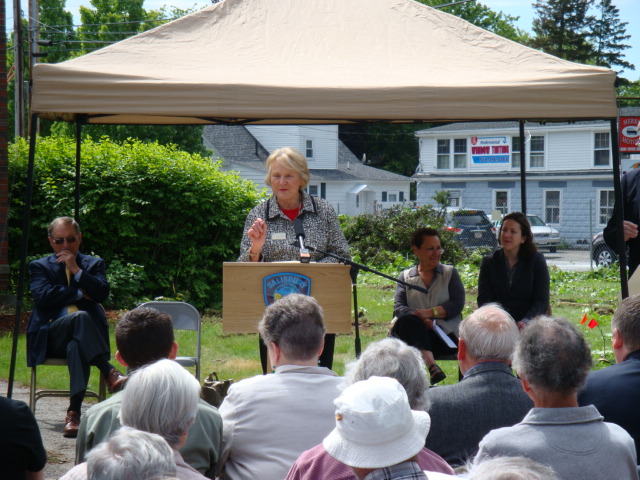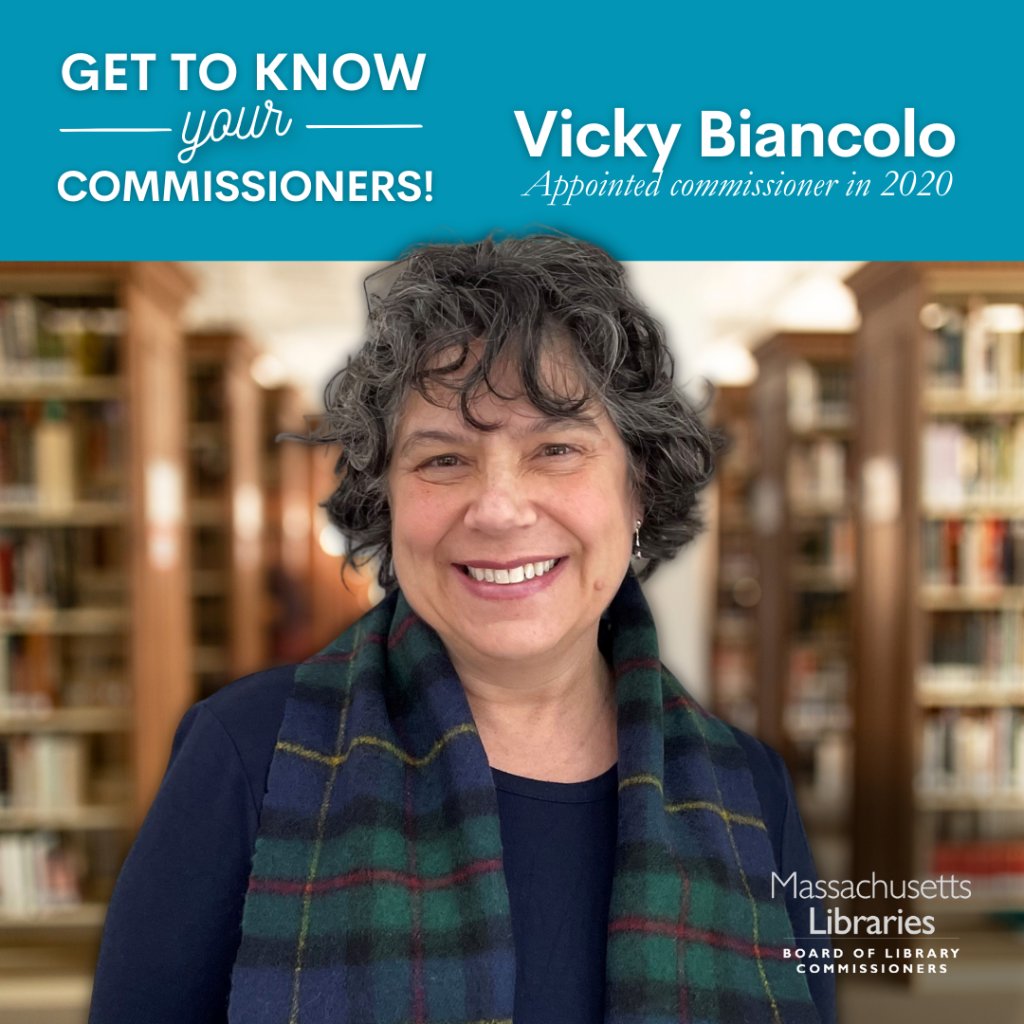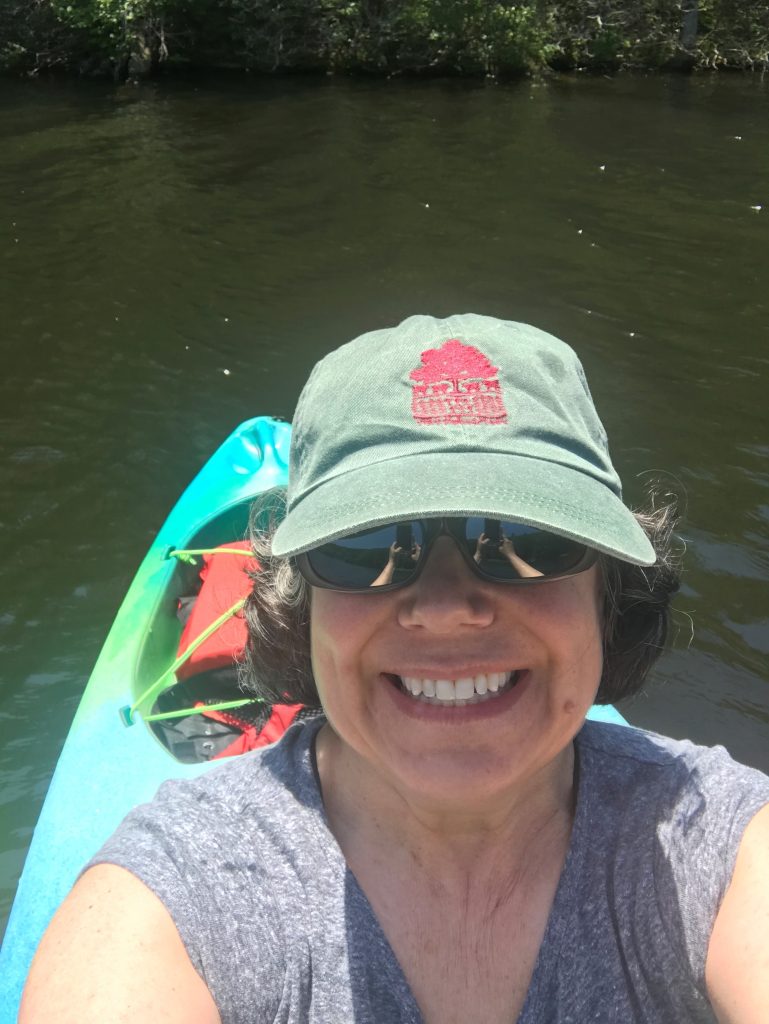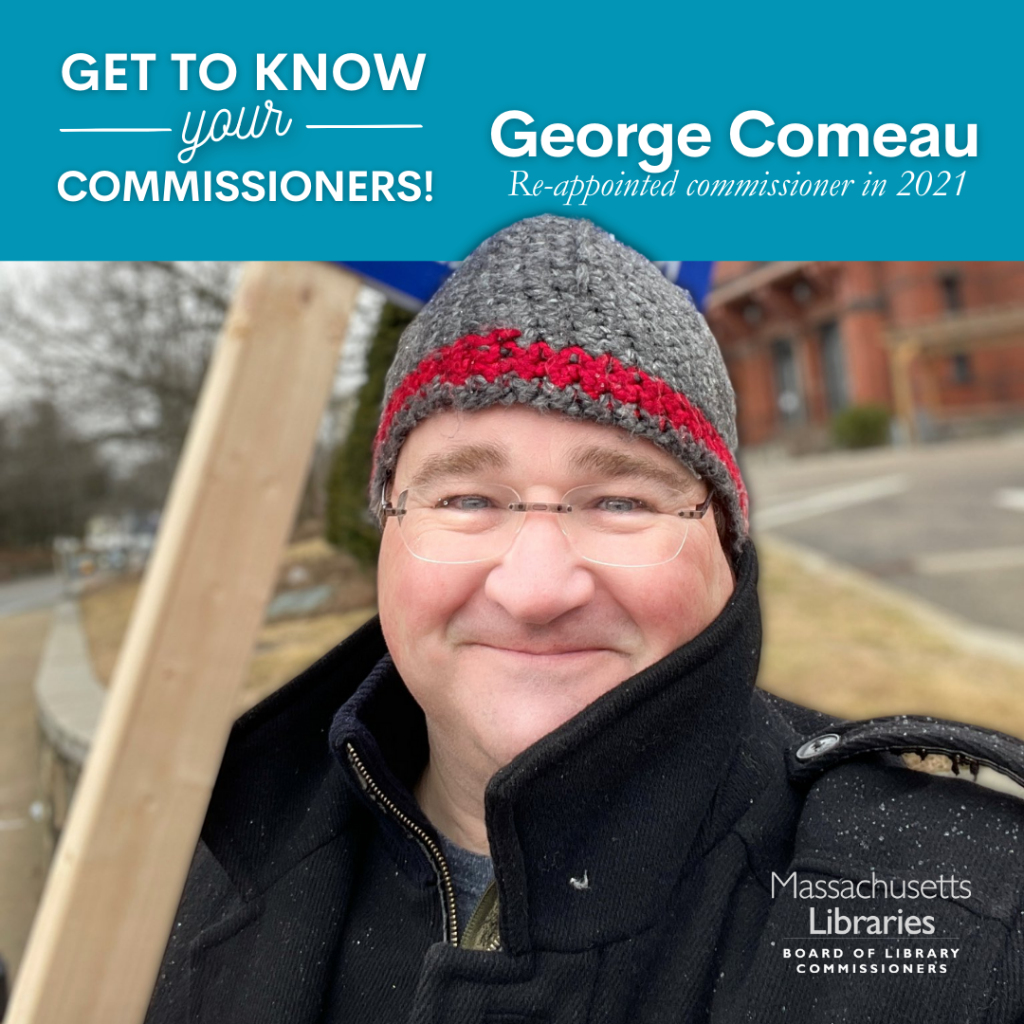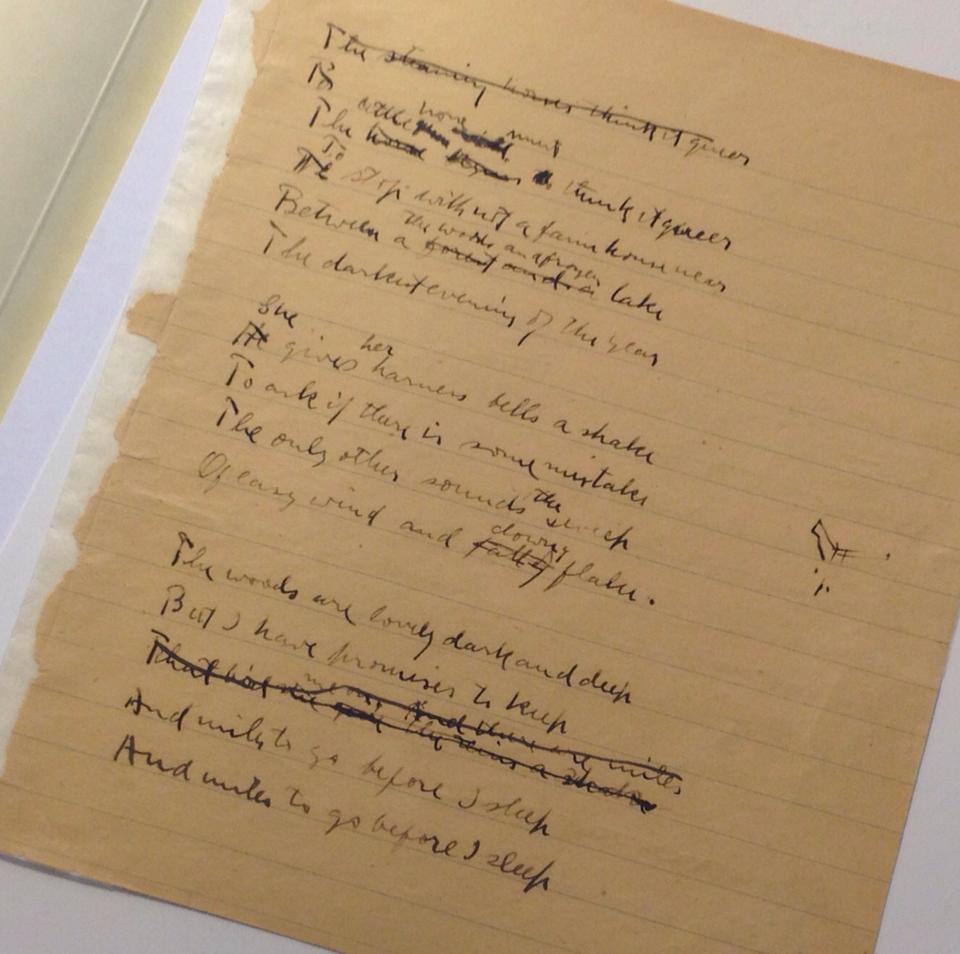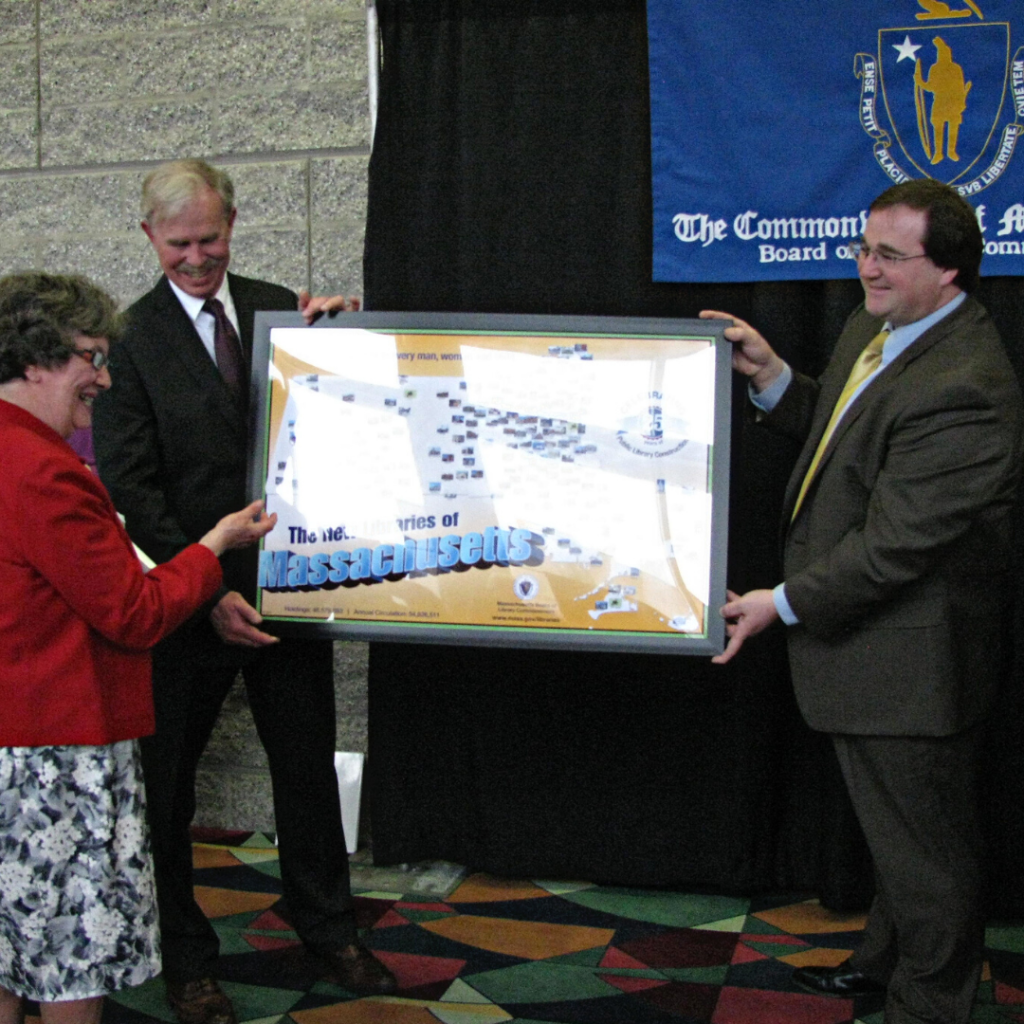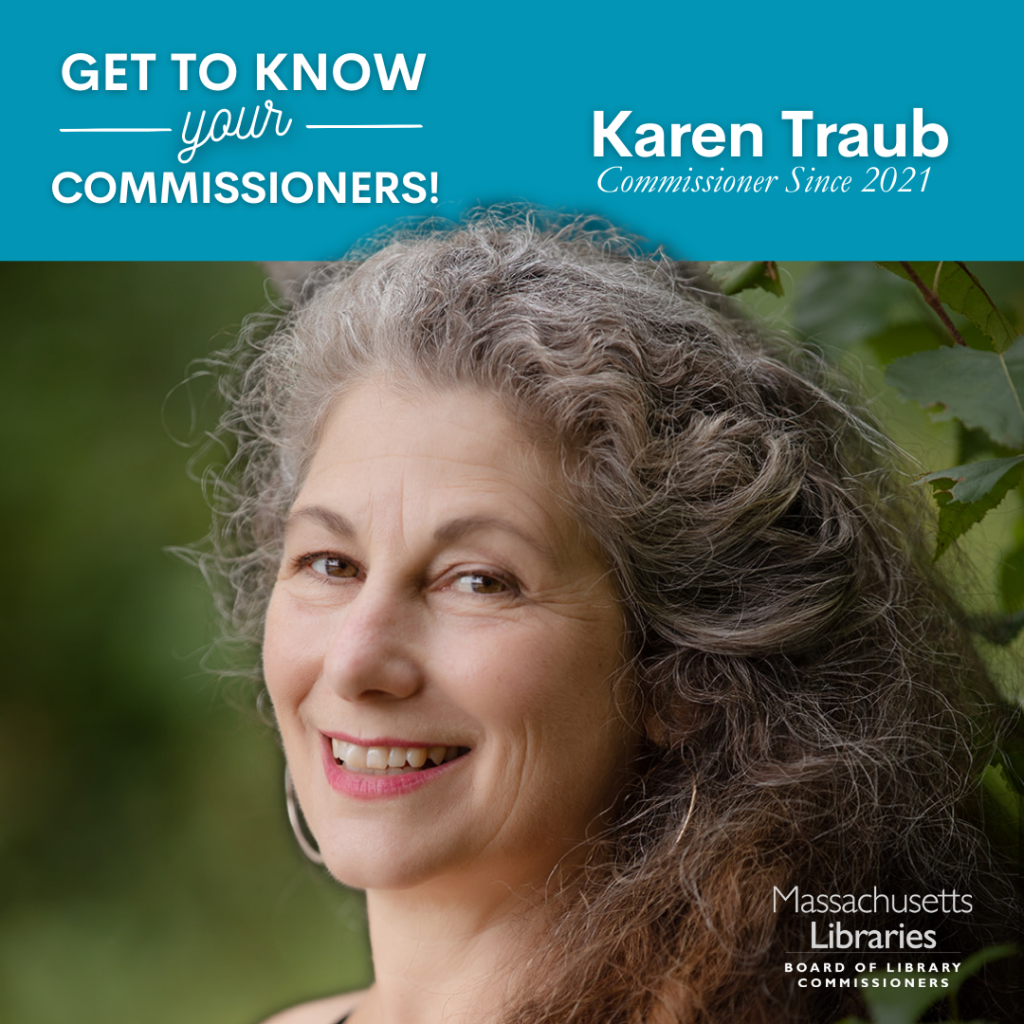By Penelope Ann Shaw, PhD.

I live in a nursing home. When I first came to the facility 21 years ago I was not able to go out because I was too sick. But my local public library – Thayer Library in Braintree, MA – brought me books to read. These helped me to pass my time meaningfully.
After I had recovered sufficiently from a rare disease I got an electric wheelchair. I have now been able to go to this library in person and be less isolated – as it is within driving range and accessible.
The library is especially important in winter – when it is cold – and I need an indoor activity.
Library staff there are very helpful. They assist me in many ways. They move the chair in front of the computer I will use so I can put my wheelchair there. I sometimes need the computer moved over a little to align my chair with the screen. Staff assist me in charging my cell phone – as I cannot reach to plug it into the computer.
At the library I like to use a computer in the adult computer area. These work properly, unlike the resident one in the facility where I live – which additionally is also in a common area with a distracting blaring T.V.
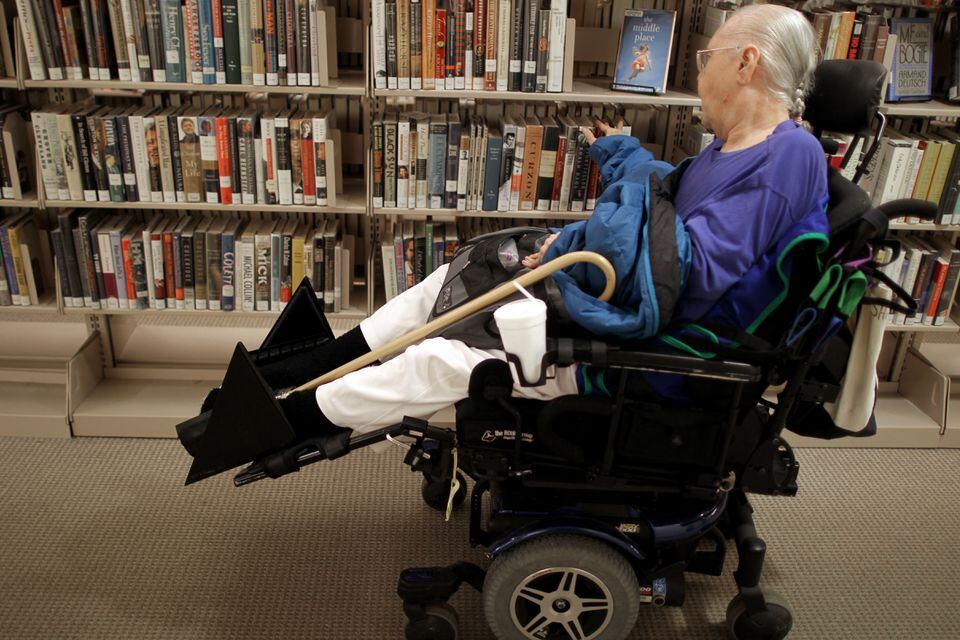
(Photo Credit: JONATHAN WIGGS/BOSTON GLOBE)
I especially like the library because I am a published writer. It is a quiet peaceful environment where I can concentrate. I can do internet research on my current topic and then print out the articles I researched.
I read these articles in bed at night. Then – when I am at the library – I edit and print each piece multiple times over many visits. This work is self-actualizing intellectually – stimulating reflection, learning and personal growth. A satisfying activity for a former academic.
The computers I use at the library are close to the reference desk – where there is always someone who can help if I have a technical problem while working.
The library also has a terrific used-book sale area where I can buy books I want for only $1. I read them primarily to get ideas for topics to write about. Gathering these ideas for my writing is something I can do in my facility when I cannot get to the library because of bad weather.
These books are also essential to my well-being and mental health – giving me something interesting to do in bed at night. This is because once I am lift-transferred to bed, being paralyzed I cannot get up again until morning. I can use my time there productively reading.
At the library in the reference area there a long shelf with flyers. Patrons can pick up flyers and can learn about community resources and activities. Subjects include a list of venues for volunteering. The Osher Lifelong Learning Institute of the Gerontology Institute at UMass/Boston courses and activities available at our library. Town of Braintree Elder Affairs newsletters.
Through inter-library loan at my library I was able to get a bound copy of my doctoral dissertation – from the University of Michigan archives – to read. My copy having gotten lost years ago when I ended up in a hospital and became disabled.
There is more than information at my library. Patrons benefit by services as well. As a published writer I can scan my pieces into files to share with others. There’s a copy machine if I want copies of something. Staff assist me with these. I can do neither independently as I am unable to stand or reach to complete these tasks. There are also wonderful tables at wheelchair-height where I can do my “table work” – editing drafts of my writing, for example.
Very important is the warm friendly environment created by library staff. My friends enjoy their free time travelling. On a cruise or a road trip. Playing indoor tennis. Going to their local senior center. Activities I cannot do because of my disability.

I also personally dislike passive activities – like concerts or movies – where I must sit still for an extended period of time. This is because it is only when I am in my wheelchair that I have a sense of movement, being paralyzed. At the library I feel movement in simple ways like going back and forth between a computer and the printer.
It is a normalizing experience. I am socially integrated. So I look forward in advance to my next visit where I will be able to do what other library patrons do – be in the community, use the internet, get books. A place where library staff treat me like other patrons. I lead a full rich life when I am there.
Clearly this library makes a difference in my life. Not just educationally. Socially working at my library compensates for my disability. When I am there I am not institutionalized as I have been for almost 22 years. It is a normalizing experience. I am socially integrated. So I look forward in advance to my next visit where I will be able to do what other library patrons do – be in the community, use the internet, get books. A place where library staff treat me like other patrons. I lead a full rich life when I am there.
I leave the library only when I have worked to the point my energy level is dropping. I then know it is time to stop working. But I am not happy with the idea of returning “home” – as there I will be patronized as someone they provide care for, not as someone living a real life.

